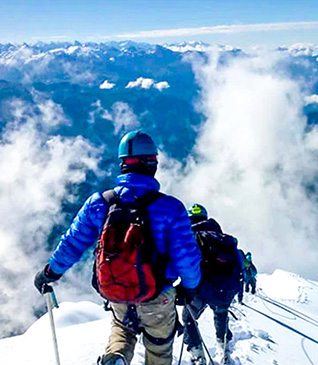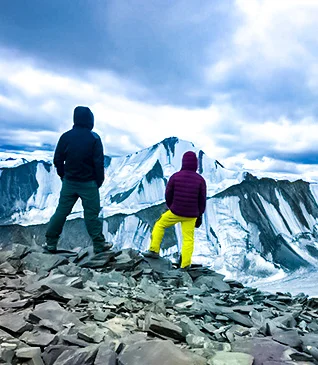If you are a true-blue thrill seeker and lover of the Himalayas, starting at the end of the year and continuing up to next March might be a highly opportune period to go in the mountains. Try timing your winter treks from December onward. This is when the first snowflakes are born in the womb of the sky, migratory birds fly to warmer places, and water faces start forming thin sheets of ice.
A true blue Himalayan lover should really try making the most of this period, trekking to the furthest wintry corners for reasons a handful
Cerulean Clear Skies
Never will you find the sky as vibrantly blue as it is during winters in the Himalayas. True, not the entire span of winter passes brightly, yet on a standard 7-day trek you will have a high chance of getting at least 5 enjoyable clear sky days. On a typical sun-soaked winter day, clouds are scarce except for delicate filaments of cirrus picturesquely streaking the blue in a silky white sheen.
It becomes especially favorable to trek on winter days since the sun’s rays dim in harshness. As you keep up with the miles, only a sweet warmth spreads through the senses and it doesn’t at any point get too hot and humid.
To experience the mellow blue of winter skies, choose treks featuring open meadows and camping sites like Chitrakantha on the Winter Kuari Pass trail. From here, a panorama of Garhwal Himalaya’s celebrated peaks comes to view and at sunrise and sunset, the sky floods with celestial hues. From the Chitrakantha camp point on the Kuari trail, you can get the best sighting of the Alpenglow phenomenon when the majestic Dronagiri peak seems to catch fire at sunset and glows golden like a hearth in heaven.
Uttarakhand’s splendid bugyals, or alpine pastures too light up in the soft winter sun offering a spectacular view with a clear blue sky in the background that contrasts brilliantly with the grassland. The Chopta-Chandrashila-Deoriatal trek route passing through Rohini Bugyal can be your pick for December if you are yearning for such a sight. Mark, at the height of winter, you will find the bugyal in a hazy shade and patchworked with snow.
Gradients of Mattes
If you have a photographic eye, the novelty of matte winter shades in the Himalayas cannot go unappreciated. On treks from December, flowers in the Himalayas will be scarce to find. Around this time, the green pastures will be turning brown and the color draining from the forests will reveal a gala of matted hues. Even the evergreen conifers will be covered with snow.
The mountain canvas post-December at the lower reaches of winter trek destinations, before full cover of snow starts, is matte and melancholy with a certain beauty of its own that can be best captured in the Gorson Bugyal stretch towards Kuari or the undulating slopes of ashen green and pale brown visible from the Nag Tibba campsite.
Your rendezvous with the Himalayas will remain incomplete if you see her slopes only in the summery feats of color and nothing of the wintry blues.
Falling Snow
The romance of falling snow never gets clichéd. As an overcast sky finally gives and feathery snowflakes come floating down dreamily, the universe seems to tune to slow motion. The dreamscape of a campsite caught in the romance of falling snow becomes true on treks like Brahmatal at winter’s peak.
The romance gives way to sheer thrill when the snow starts to fall during the hours of trek. The experience of becoming one with the silence of the snowfall and finding the world blurring into whiteness is chillingly surreal!

With a number of beginner-fit winter treks on offer, like Chopta and Brahmatal, you can easily think of making the little ones in your family a party in the winter adventure. The memory of a snowball fight on the slopes can be the best gift of childhood.
Trick Walking During Thaw
The going can get challenging in snow when the mercury hits a rise. Especially during the mid-noon hours when the sun glares right overhead, you can feel the snow cover slipping under your feet. On winter trek peak climbs like Kedarkantha, you will find yourself going plop into the depths of snow with each step coming down heavy.
The thrill of snow walk, for example, on the frozen surface of Chadar can come with a surge of adrenalin rush. Especially so, when your trek leader asks you to gear up with microspiked crampons to your shoes and gaiters to keep your limbs free of snow. Suddenly, you are not an ordinary person anymore but a swashbuckling mountaineer!
In the precarious snowscape of winter treks, you will actually get a taste of technical climbing. Trick walking with light footed steps along the snow covered narrow strip towards the summit can bring a challenge you just cannot afford to lose!
Winter treks are where adventure gets real!
Cold as Cold Can Be
You wouldn’t know what subzero means if you haven’t gone on a winter snow trek. Get this, the temperature on the Chadar trek drops to -25 to -30 degrees in January. If you cry, your tears will freeze midway coming down the chin!
To sum up, the overall point of taking a winter hike in the Himalayas is to learn the art of survival in the face of extremities that will strengthen you to the core and no challenge of life can deter you anymore!
.webp)
Buran Ghati and Rupin Pass Two Mesmerizing Treks in Himachal
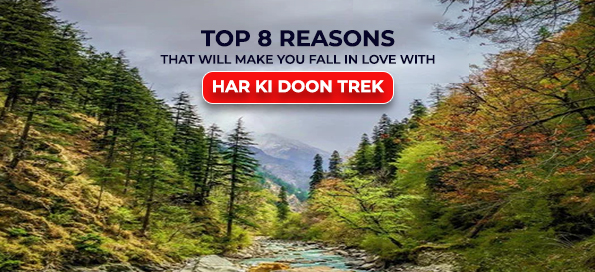
Top 8 Reasons That Will Make You Fall in Love with Har Ki Doon Trek
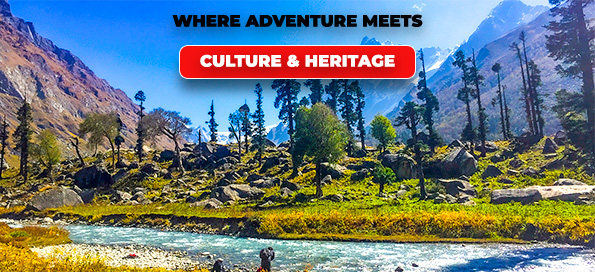
Where Adventure Meets Culture & Heritage
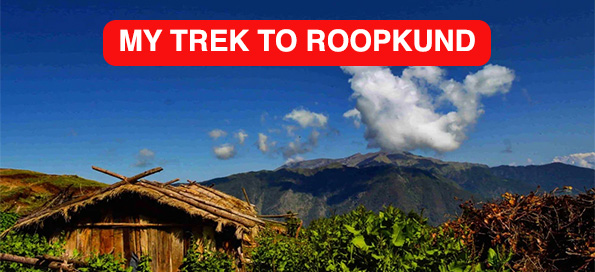
MY TREK TO ROOPKUND
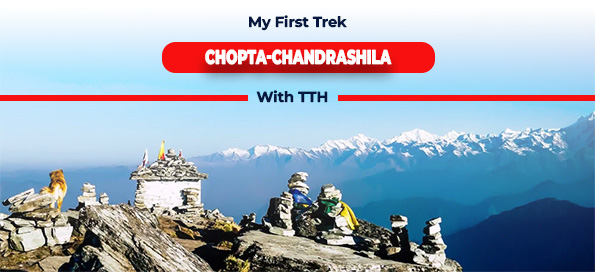
My First Trek Chopta-Chandrashila with TTH
.jpg)
A Tale of Har Ki Doon Trek
.jpg)
Bramhatal Trek
.jpg)
How to measure Chadar trek (and perhaps some bit of life)?
.jpg)
My First Himalyan sojourn…a dream come true!
.jpg)
How it feels to celebrate your birthday at Chadar
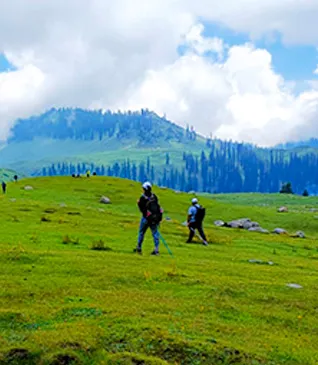
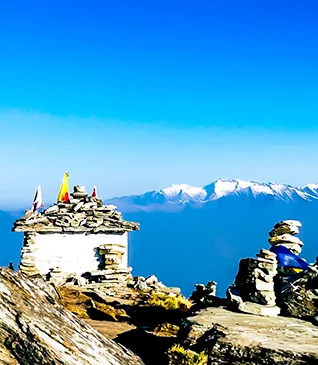
.webp)
.webp)
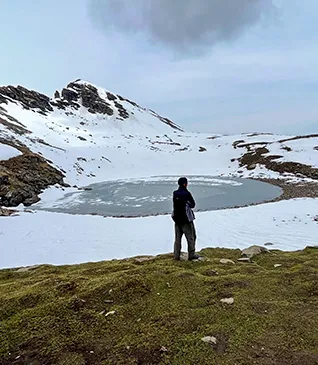
.webp)
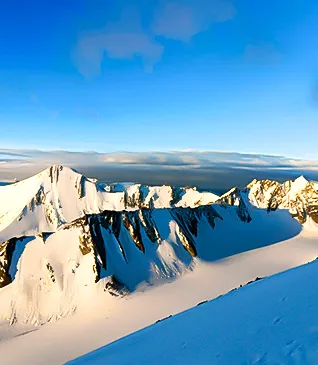
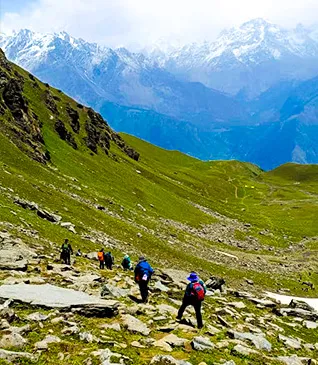
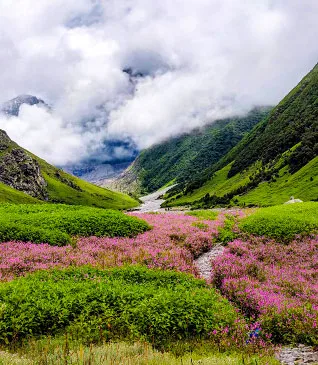
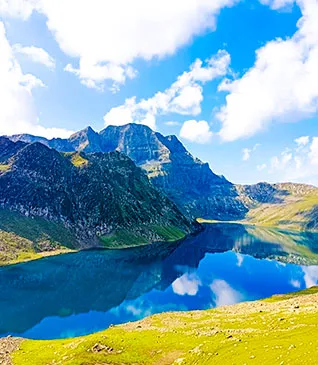
.webp)
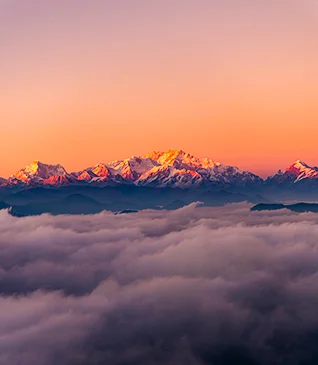
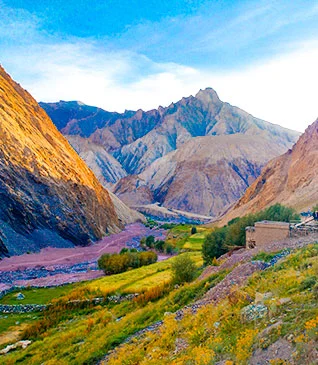
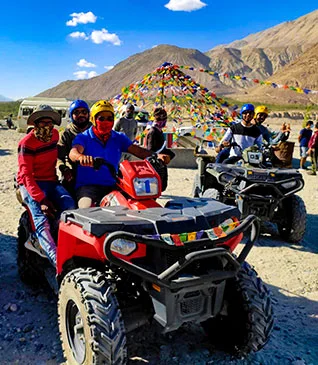
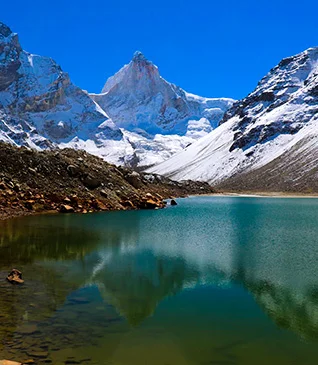
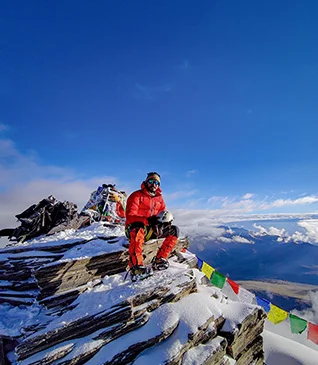
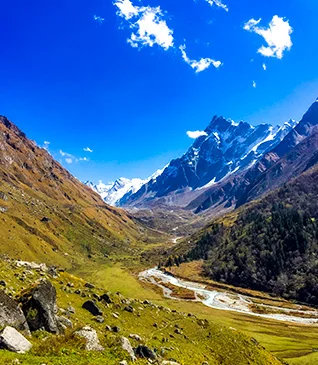
.webp)
.webp)
